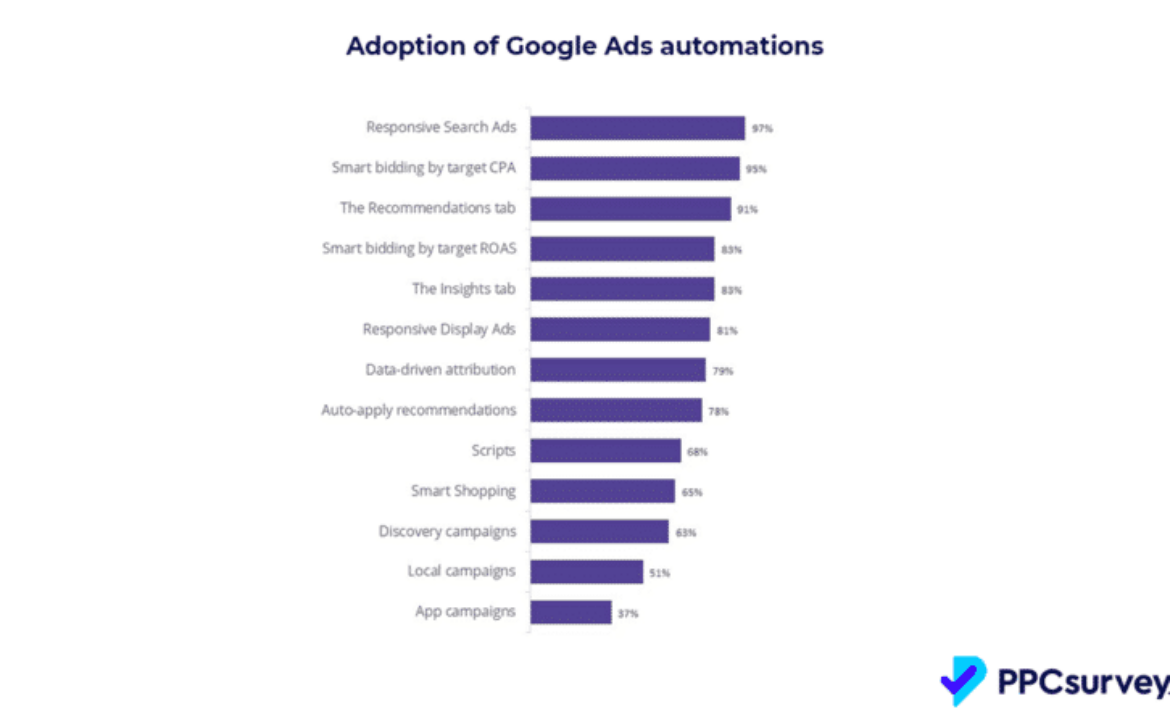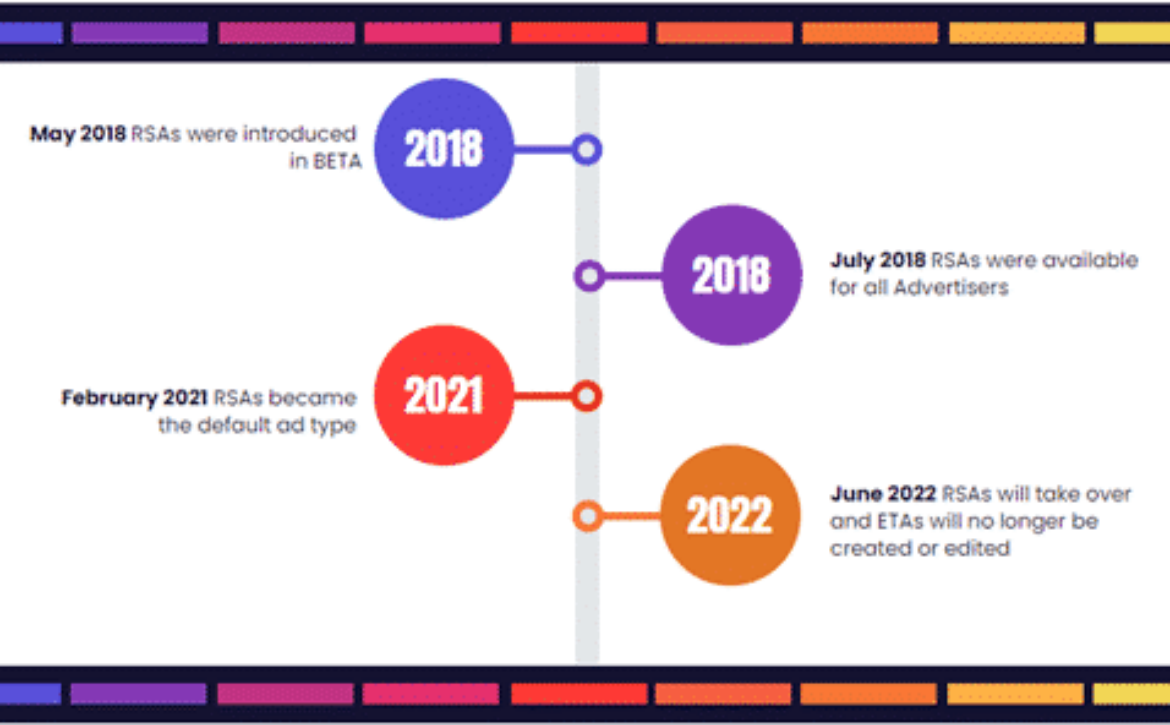How to Boost a Post on Your Facebook Professional Profile
If you’ve been following our blog series, you’re already way ahead of your local competition. We’ve covered why it’s crucial to use a Facebook Professional Profile as a mortgage pro, how to build an engaged audience with content, and how to convert engagement into mortgage leads with high-converting landing pages.
Now, it’s time to talk about taking your posts to the next level—through boosting.
Boosting a Facebook post is an easy, effective way to grow your audience and generate mortgage leads without needing any social media marketing or technical expertise. Think of it as a quick way to amplify the reach of your most valuable content with just a few clicks. Here’s how to get started —
What is a Boosted Post?
A boosted post is a simple, beginner-friendly way to extend the reach of your Facebook content. With just a few clicks, you can turn any post on your professional profile into an ad that reaches more people—without diving into complex ad settings.
From Posts to Profits – See LHP3 in Action
What’s a Professional Profile on Facebook?
Unlike a personal profile designed for sharing updates with friends and family, a professional profile is tailored for balancing both personal and business use. It’s the ideal setup for sharing industry insights, connecting with clients, and building a reputation without blending personal life into their business presence. See this article for information on switching your personal profile to a professional one.
Unlike regular posts, boosted posts allow you to define a radius, budget, and campaign duration. For mortgage professionals, this means more people (like local potential homebuyers and agent partners) will see your content.
It’s an accessible, low-effort way to attract leads and engage a broader audience, helping you get the most out of your content on social media.
Setting Up a Facebook Ad Account (It’s Easier Than You Think!)
Before you boost your first post, setting up a Facebook Ad Account is essential. This makes it easy to track spending, monitor engagement, and use Facebook’s advertising tools in the future.
Quick Steps to Set Up Your Account
- Step 1: Go to Facebook’s Business Manager. [https://business.facebook.com/]
- Step 2: Add your business name and details, including payment information.
- Step 3: Link your professional profile to this ad account.
Once you’re set-up, this one-time task makes future boosts easier and allows you to maximize every dollar you invest in your social media marketing.
How to Boost a Post in Just a Four Steps
Now that your ad account is ready, here’s how to boost a post and reach a larger audience:
Step 1: Choose Your Best Post
- Pick a post that aligns with what’s relevant in the mortgage world right now. If you’ve shared tips for first-time homebuyers or recent interest rate updates, these are great candidates to boost. Prioritize posts that have already received likes or comments—this shows they’re engaging.
Step 2: Set Special Ad Category
- Since your post is related to housing, you’ll need to designate it under Facebook’s “Special Ad Category.” This category is required for ads involving housing, credit, and employment to ensure compliance with Facebook’s policies on fair advertising.
To do this:
-
-
- In the boost settings, look for the “Special Ad Category” option.
-
-
-
- Select “Housing” from the dropdown menu.
-
Setting this category helps ensure your ad reaches the right audience while staying within Facebook’s guidelines, so you can maximize visibility without any compliance issues.
Step 3: Set Your Budget and Duration
- Start small. Facebook lets you set a daily budget, so you can keep it affordable and test the waters. Run your boost for a few days to see how much reach you can achieve with a minimal investment.
Step 4: Review and Boost
- Double-check your settings, make sure the budget, radius, and duration are to your liking, and then hit “Boost.” You’re done! Facebook will start showing your post to your chosen audience, and you can check back to see how it’s performing.
How LHP3’s Social Media Tools Make It Even Easier
For mortgage professionals, LHP3’s social media tools simplify the process even more by providing everything you need to create and boost high-quality content.
High-Quality, Ready-to-Post Content
LHP3 offers expertly crafted social media content tailored to the mortgage industry. Each post is designed with best practices in mind, including strong visuals, engaging captions, and clear calls-to-action. This means every piece of content you share is optimized for capturing attention and engagement.
AI Tools for Effortless Custom Content Creation
Want to create your own content? LHP3’s AI-driven tools help you generate custom content quickly—perfect for sharing unique mortgage updates, educational tips, or market insights that can live directly on your website. This way, you can easily share fresh, relevant content without needing design or copywriting expertise.
Ready for Boosting to Maximize Reach
The posts and content you create with LHP3 are designed to be boosted effortlessly, helping you amplify your reach with ease. This means you can quickly take your top-performing content, boost it on Facebook with a few clicks, and expand your audience without needing a deep dive into marketing tactics.
By incorporating LHP3’s social media tools and AI-powered content creation, you’ll build an online presence that attracts leads, strengthens relationships, and is ready for boosting—all without the usual hassle.
LHP3 + Facebook: Reaching More People, One Boost at a Time
Boosting posts on Facebook doesn’t require marketing expertise; it’s about taking simple steps to get your content in front of more people. Even as a new Facebook user, this approach can make a noticeable difference in your mortgage business. With LHP3’s tools, you can streamline your social media efforts, boost posts effortlessly, and reach a wider audience without the guesswork.
Ready to see the results in action? Watch our video to see exactly how boosting a post works and discover how easy it is to create high-quality social media content with LHP3. Start boosting today, and see how these tools can transform your reach—and your mortgage business!




















